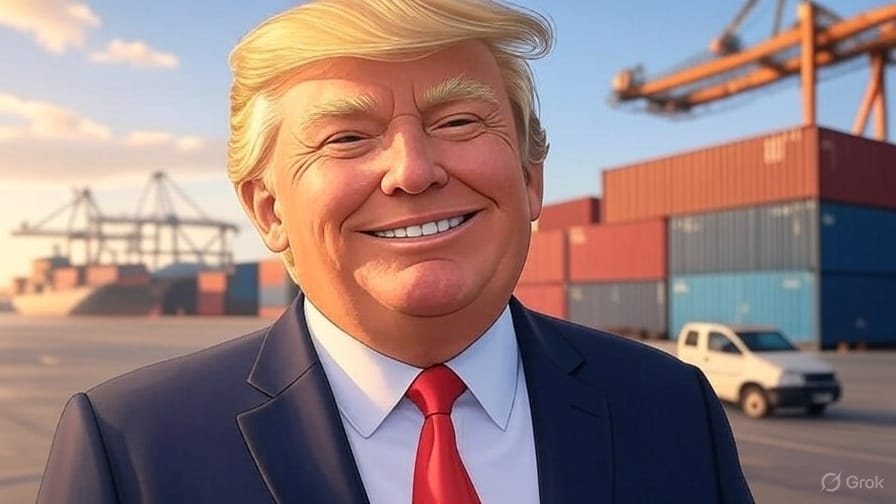President Donald Trump has announced a sweeping trade framework with the European Union that reshapes tariff policy, energy cooperation, and strategic investment between the two economic powers.
The deal is nothing short of stunning, delivering a huge win for the United States and an embarrassingly bad loss for EU negotiators. Let’s break down some of the details.
Across-the-Board 15% Tariff Brings Stability
One of the landmark achievements is a new, flat 15% tariff on nearly all EU goods exported to the United States. This replaces a year of shifting trade policy and brings clarity to sectors like automotive, where tariffs had previously reached as high as 27.5%.
More importantly for Americans, many U.S. exports will not have any tariffs imposed on them by the European Union, a truly incredible result in light of the 15% tariff that EU exporters will need to pay.
Temporary Relief for Key Tech Sectors
Pharmaceuticals and semiconductors will benefit from 0% tariffs while U.S. security reviews are underway. These products, along with timber and copper, will ultimately face tariffs no higher than 15%.

Zero Tariffs for High-Tech and Industrial Goods
Aircraft parts, certain chemicals, generic drugs, semiconductor manufacturing equipment, and essential raw materials will enjoy zero-for-zero tariff agreements. Some agricultural goods are included as well—though beef, rice, ethanol, sugar, and poultry are excluded for now.
$750 Billion in Strategic EU Purchases
As part of the deal, the EU will make an estimated $750 billion in strategic purchases from the U.S., focusing on oil, liquefied natural gas (LNG), and nuclear technology. These moves align with Europe's plans to reduce its reliance on Russian energy.
$600 Billion in New Investment Headed to the U.S.
European companies are expected to invest $600 billion in the American economy over the course of President Trump’s second term. These private-sector commitments are based on investment intentions expressed across the continent.
Military and Chip Supply Agreements
The EU will also purchase U.S. military equipment, and the U.S. will serve as Europe’s preferred supplier for semiconductors going forward—adding further weight to the strategic realignment.
A One-Sided Deal with Big Implications
When examined closely, the agreement appears remarkably one-sided in America’s favor. Between the steep EU purchases, strategic investment flows, and wide-ranging tariff concessions, it's clear that the EU entered this negotiation from a position of weakness.
The numbers tell the deeper story. Between 2008 and 2023, the European Union’s total GDP rose by just 13.5%, while the U.S. economy surged by 87% over the same period. That growing disparity underscores a broader trend: the EU is slipping economically, and this deal may be the clearest signal yet.
What’s Next: All Eyes on China
With new trade frameworks now in place with both Japan and the EU, attention turns to China. The next major chapter in global trade could be shaped by how Beijing responds.


